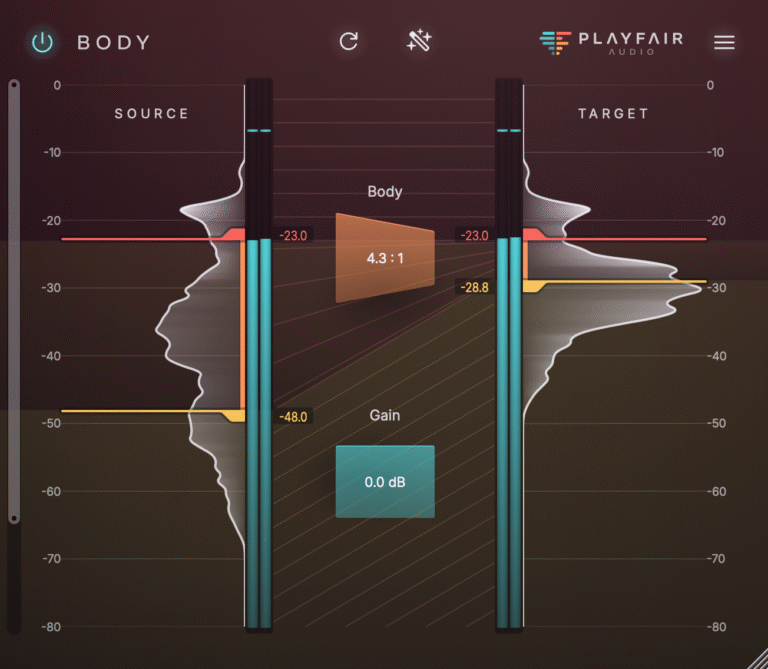DYNAMIC GRADING
Fluid Dynamics, No PhD Required

Dynamic Grading 2 is a FREE update for users of Dynamic Grading 1.x!
Say Goodbye To Guesswork
Mixing should feel like making art, not solving a puzzle. With Dynamic Grading, you can dive straight into creative decisions, exploring and navigating your mix’s dynamic range with confidence and intention.
Sculpt punch, shape body, and carve out space without getting lost in endless parameters. When inspiration strikes, Dynamic Grading keeps distractions out of the way, letting you focus on what matters: making your mix come alive.
Dynamic Grading isn’t just another compressor—it’s a fresh approach to mixing that keeps you in the creative flow. Whether you’re refining a vocal track or sculpting a full mix, this tool delivers results that inspire.
A Walkthrough In 3 Minutes
You are currently viewing a placeholder content from YouTube. To access the actual content, click the button below. Please note that doing so will share data with third-party providers.
More InformationDon't Just Take Our Word For it
Here’s why engineers and producers fall in love with Dynamic Grading.







A Threefold Dynamics Engine
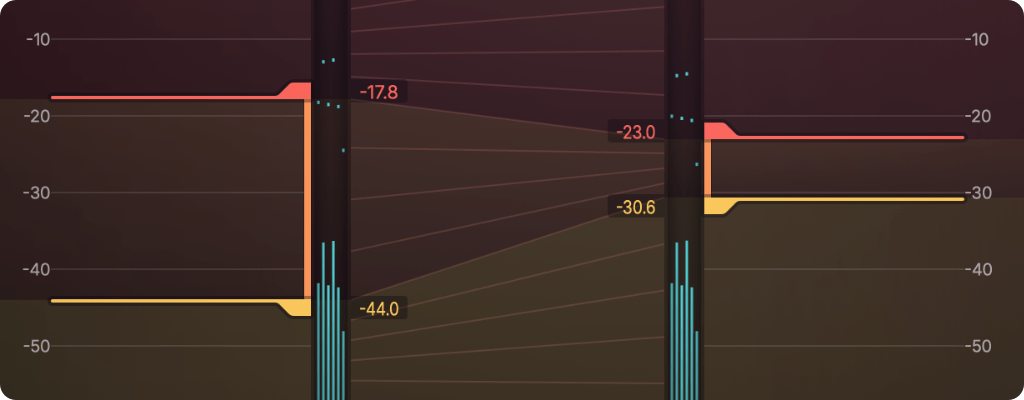
Dynamic Grading goes far beyond traditional dynamics processing by taking control of three distinct parts of the dynamic range, each serving a specific purpose.
Independently adjust compression or expansion ratios in the Punch, Body, and Floor of your signal for nuanced control.
Land A Punch

Think of it like a transient shaper. Make instruments more present and upfront, or push them farther away to create depth in your mix.
Get The Body In Shape

Here’s where a lot of the action happens. Apply compression or expansion to only the core dynamics of the sound, without affecting transient clarity.
Swipe The Floor

Make your mix shine and clean out unwanted noise. Or use this to increase or decrease reverb or room. It’s simple and almost like magic!
What Else Makes Dynamic Grading Different?
Dynamic Grading comes packed with features designed to achieve great sound and intuitive control without leaving you lost in a forest of knobs.
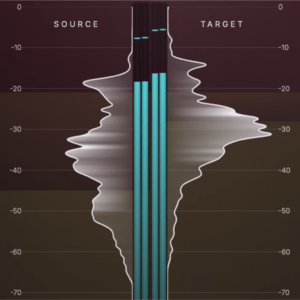
Dynamic Histograms
Stop guessing threshold and ratio values. Gain real-time visual insight into your audio’s dynamic range. View the input and output signals side by side to shape your sound intuitively.
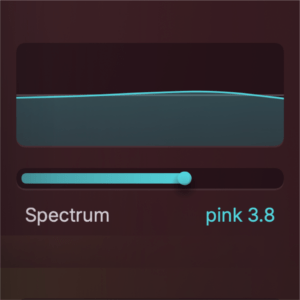
Spectrum Control
The easy to use sidechain tilt filter guarantees natural-sounding results by properly accounting for the spectral balance of your audio. Our Magic Eye guides your way to the sweet spot.
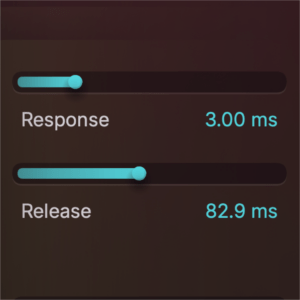
Precision Timing
Achieve accurate and smooth dynamics with Auto-Lookahead and Natural Release Ballistics.
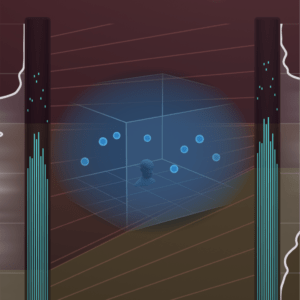
Multichannel Support
This is one of the few dynamics plugins offering support for multichannel audio formats like Atmos. Shape, mix and master everything from mono tracks to 3D Audio beds and masters up to 16 channels. All with continuously variable channel link.

Source Learn
Automatically detect a signal’s body range to jumpstart your workflow.
Discover the Power of Dynamic Grading
Ready to get your degree in Fluid Dynamics?
See it, feel it, touch it, hear it first hand, and you will understand. Download the free trial today!
Dynamic Grading 2 is a FREE update for users of Dynamic Grading 1.x!
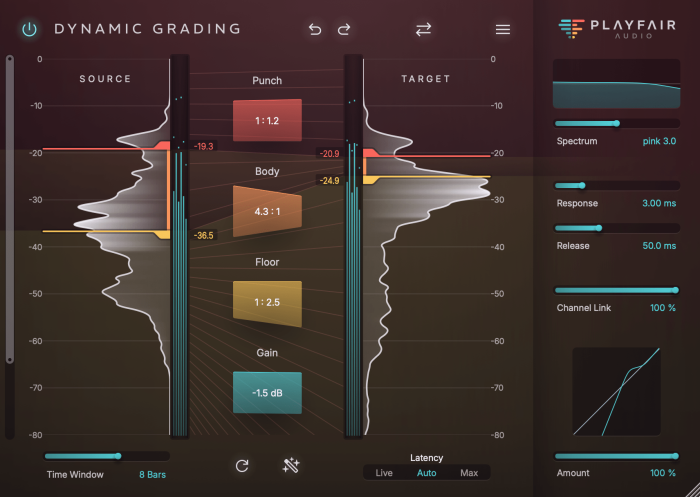
Dynamic Grading v2.0.4 Update Released
Related Articles
Learn more about Dynamic Grading and its usage in practice on our Blog
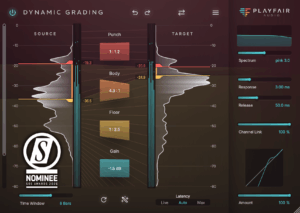
Three Tips for Getting the Best from Dynamic Grading
If you’ve just installed Dynamic Grading, welcome. We built this tool to give you a different way of working with dynamics. Instead of relying on single thresholds, fixed ratios and envelopes, Dynamic Grading is based on histograms and three dynamic zones: punch, body and floor.

Controlling Distance & Depth With Dynamic Grading
If you’re already familiar with the concept of Dynamic Grading, you’ll know that its unique strength lies in allowing engineers to easily define and control three distinct parts of the dynamic range – Punch, Body, and Floor – alongside a suite of additional features designed to easily achieve a great sound.

The Pros and Cons of Parallel Compression
Parallel compression has earned its place in the mix engineer’s toolkit. When used well, it can bring energy, weight and clarity to a mix without squashing the life out of it. It’s been used on everything from vocals to drums to full mixes, and while people sometimes refer to it as a “secret weapon,” it’s really more of a modern staple.
